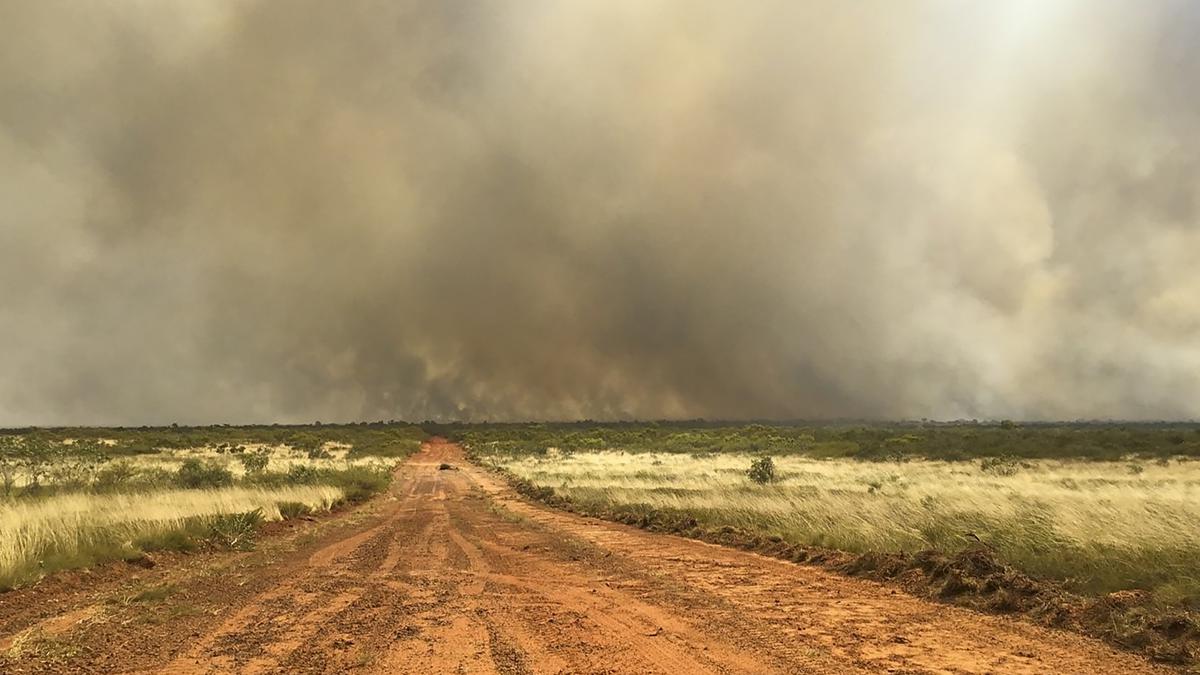
Australia, scarred by bushfires, on high alert for dangerous summer
The Hindu
Australia is once again on high alert, bracing for what weather experts say will be the hottest, driest period since the so-called Black Summer four years ago
Four years since bushfires destroyed wide swathes of southeastern Australia, killing 33, the country is once again on high alert, bracing for what weather experts say will be the hottest, driest period since the so-called Black Summer.
Just into the Australian spring, which starts in September, heat records are being broken in the densely populated area around Sydney, with some regional schools closed due to bushfire risk a month before the official bushfire season begins.
Adding to the tension, unusually heavy rain since the fires of 2019 and 2020 has spurred vegetation growth, producing more foliage to burn in an El Nino weather system, typified by hot, dry weather, which was declared on Tuesday.
"Once we've actually dried out the landscape from the wet conditions it's starting from, it could be that we end up with a landscape that's very dry but now has a lot of fuel because we've had such good vegetation growth," said Jason Evans, a professor at the Climate Change Research Centre at the University of New South Wales.
"That would be perfect conditions for bushfires," he said.
Australians watched with grim recognition as wildfires ripped through Europe and North America in the 2023 Northern summer. Now there is a sense that it is the Australians' turn again, with global warming speeding up and exaggerating changes in weather patterns, according to climate scientists.
Of Australia's 10 hottest years on record, eight were since 2010, meteorologists say.

“Writing, in general, is a very solitary process,” says Yauvanika Chopra, Associate Director at The New India Foundation (NIF), which, earlier this year, announced the 12th edition of its NIF Book Fellowships for research and scholarship about Indian history after Independence. While authors, in general, are built for it, it can still get very lonely, says Chopra, pointing out that the fellowship’s community support is as valuable as the monetary benefits it offers. “There is a solid community of NIF fellows, trustees, language experts, jury members, all of whom are incredibly competent,” she says. “They really help make authors feel supported from manuscript to publication, so you never feel like you’re struggling through isolation.”

Several principals of government and private schools in Delhi on Tuesday said the Directorate of Education (DoE) circular from a day earlier, directing schools to conduct classes in ‘hybrid’ mode, had caused confusion regarding day-to-day operations as they did not know how many students would return to school from Wednesday and how would teachers instruct in two modes — online and in person — at once. The DoE circular on Monday had also stated that the option to “exercise online mode of education, wherever available, shall vest with the students and their guardians”. Several schoolteachers also expressed confusion regarding the DoE order. A government schoolteacher said he was unsure of how to cope with the resumption of physical classes, given that the order directing government offices to ensure that 50% of the employees work from home is still in place. On Monday, the Commission for Air Quality Management in the National Capital Region and Adjoining Areas (CAQM) had, on the orders of the Supreme Court, directed schools in Delhi-NCR to shift classes to the hybrid mode, following which the DoE had issued the circular. The court had urged the Centre’s pollution watchdog to consider restarting physical classes due to many students missing out on the mid-day meals and lacking the necessary means to attend classes online. The CAQM had, on November 20, asked schools in Delhi-NCR to shift to the online mode of teaching.









